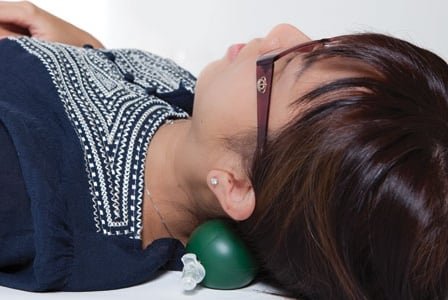If you've ever struggled with presence, you'll appreciate Jessica King's book Finding Your Stillpoint. In this program, she combines evidence-based psychotherapy and neuroscience with yoga philosophy to help you learn to be more present in your life. In addition to discussing the benefits of being present, Jessica King shares her own experiences and gives tips for busy people who want to be more present. She will also share her own journey so you can learn from her mistakes and develop a better presence in your life.

A still point can be induced at any time during a session, and can be repeated for better results. This technique has a broad scope, enabling therapists to create profound change in a specific area or on a global level for better body-mind-spirit integration. While most therapists end their sessions with a still point, you can also teach clients to induce their own still points by using a device that mimics the hands of a practitioner. These inducers can be purchased or made yourself.
After getting the device, lay on a comfortable surface and position yourself in a horizontal line. Place your head in the middle of the device. If you experience any tightness or tenderness, you should adjust the position slowly and gently. You may also need to adjust your position as needed. You can try this therapy four times a day. But keep in mind that you should not fall asleep during this process. You might develop a headache.
During the craniosacral rhythm, therapists help patients achieve a state known as the stillpoint. This stillpoint allows the fight-or-flight response to step aside, and brings the healing powers of the parasympathetic nervous system to the forefront. This allows the body to return to its natural state of balance. Once the stillpoint has been reached, it's possible to relax the entire body, including the brain.
When you have reached your stillpoint, the world seems to stop. This state is similar to a finger pressing the skin for a few seconds. The finger then releases and blood rushes in. This is a temporary cessation of motion that can last for a minute or more. It's possible to induce these moments by either spontaneously or with a deliberate effort. The three types of induction are: palpation, positional induction, and triggered induction.
